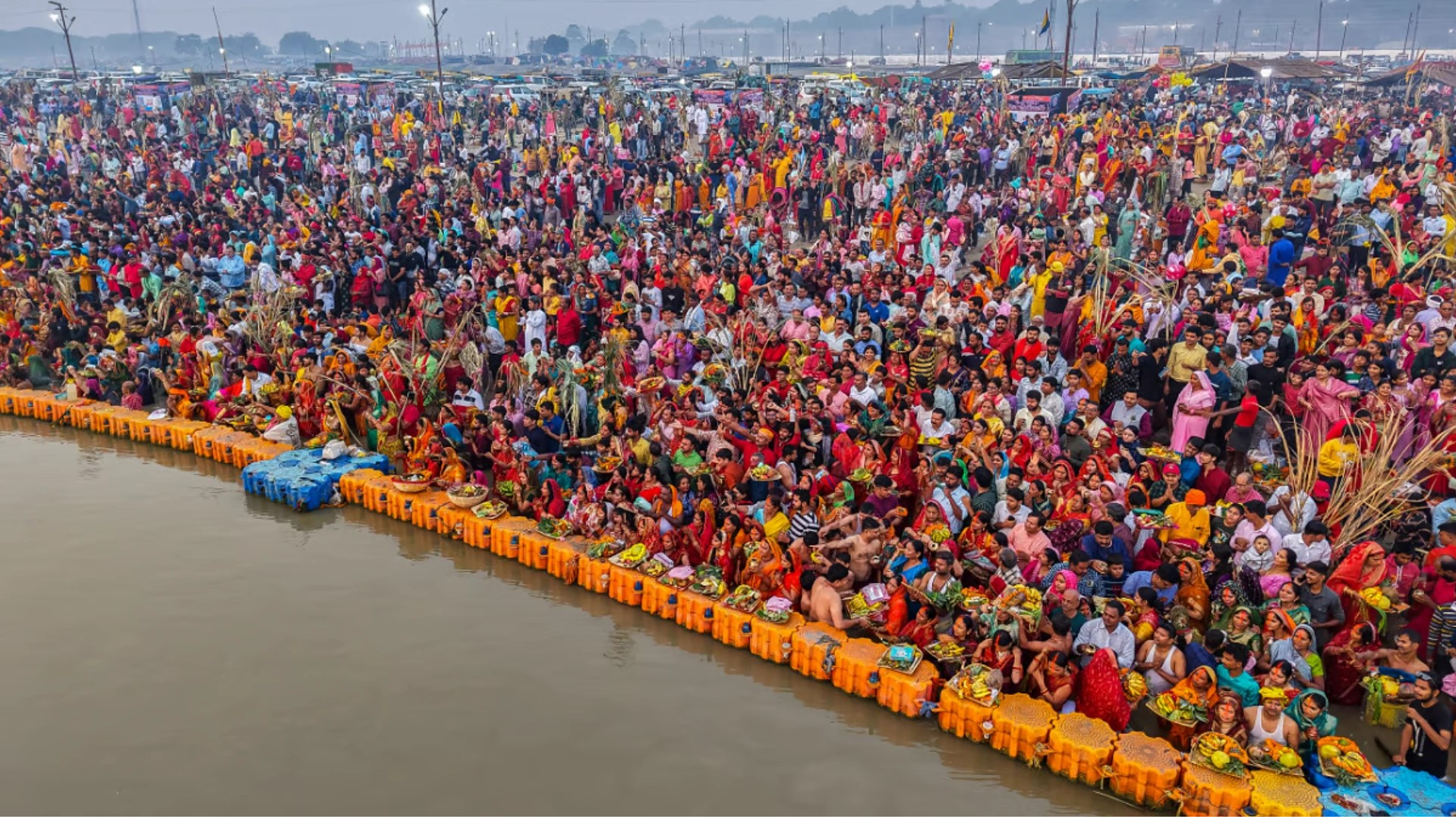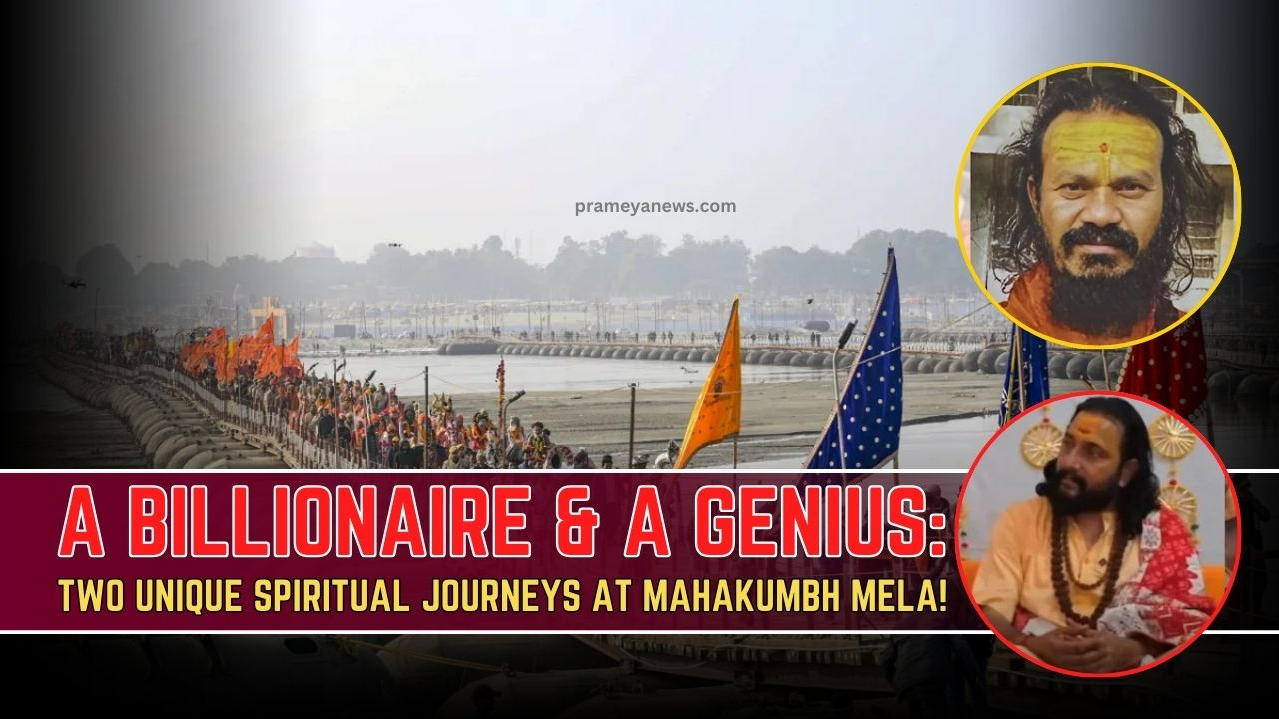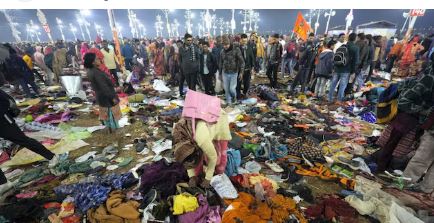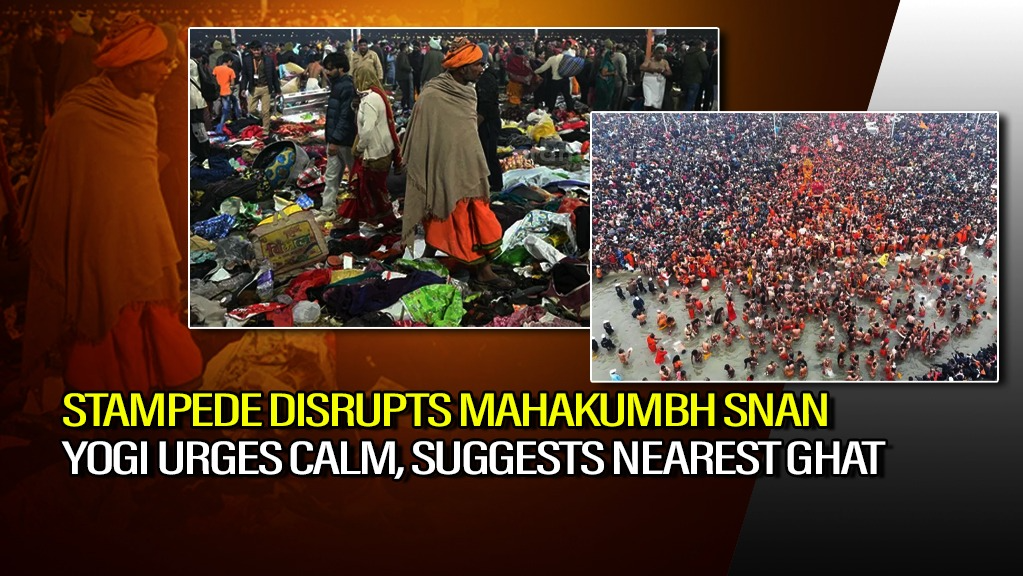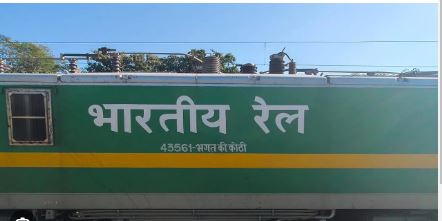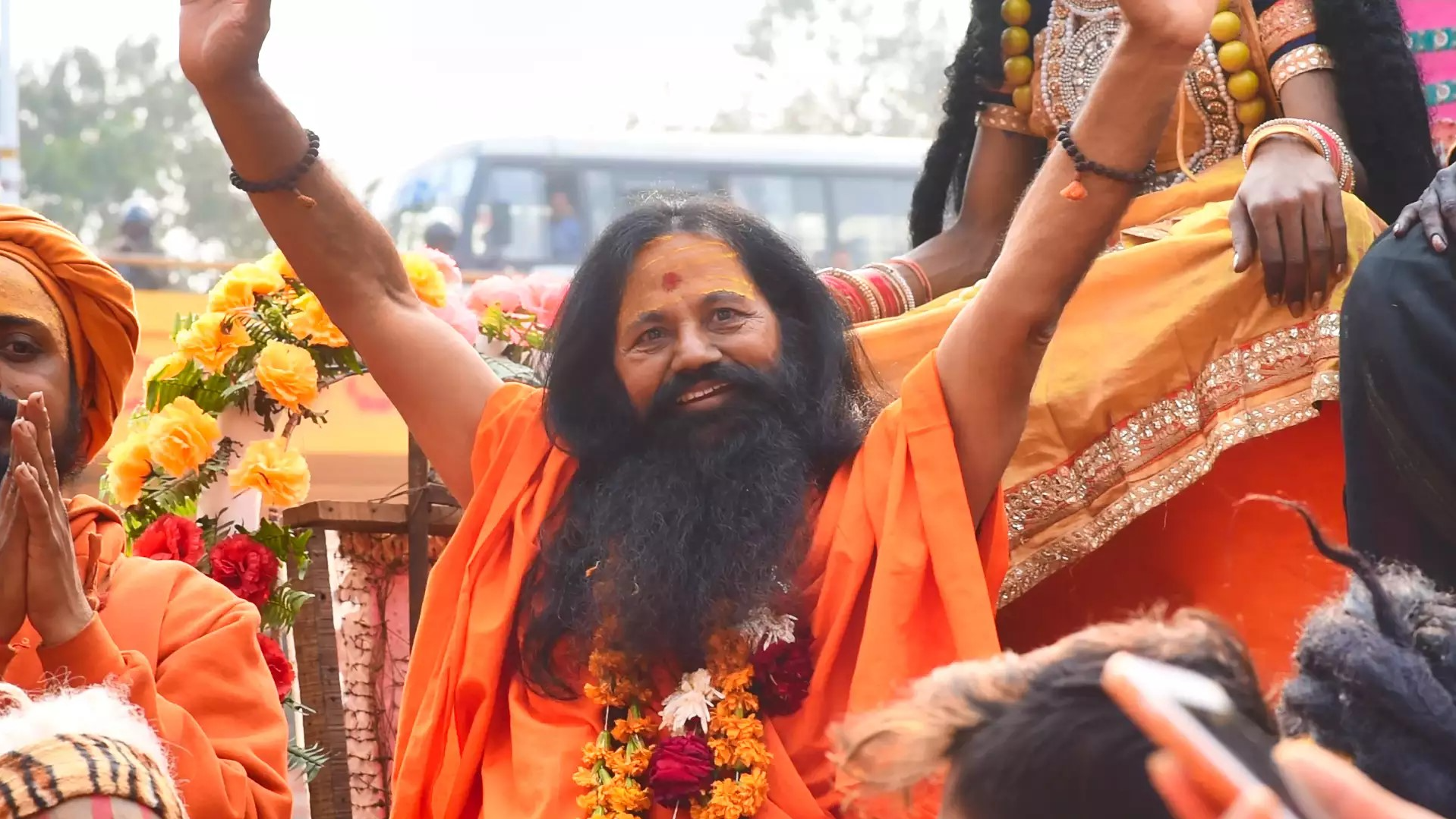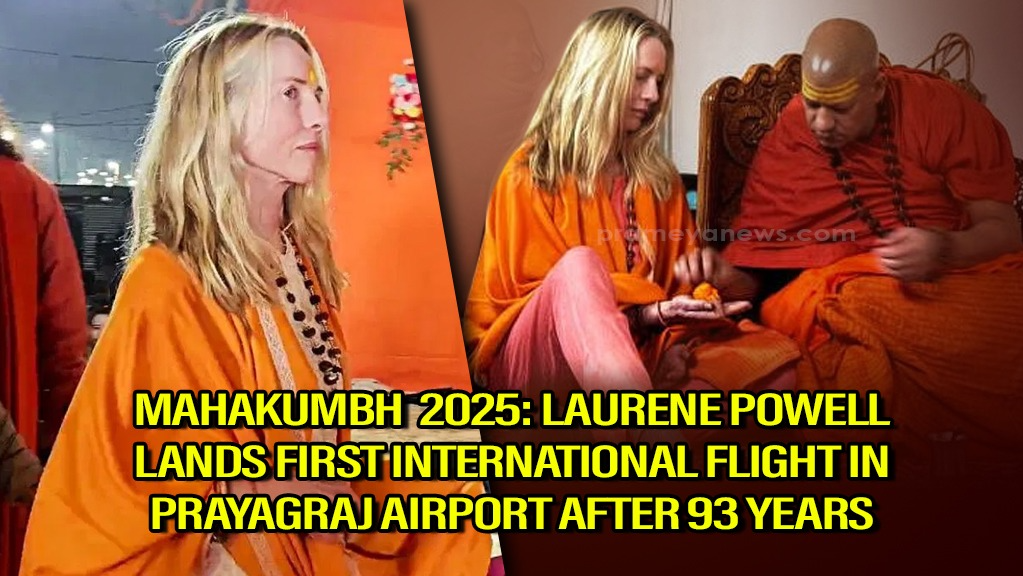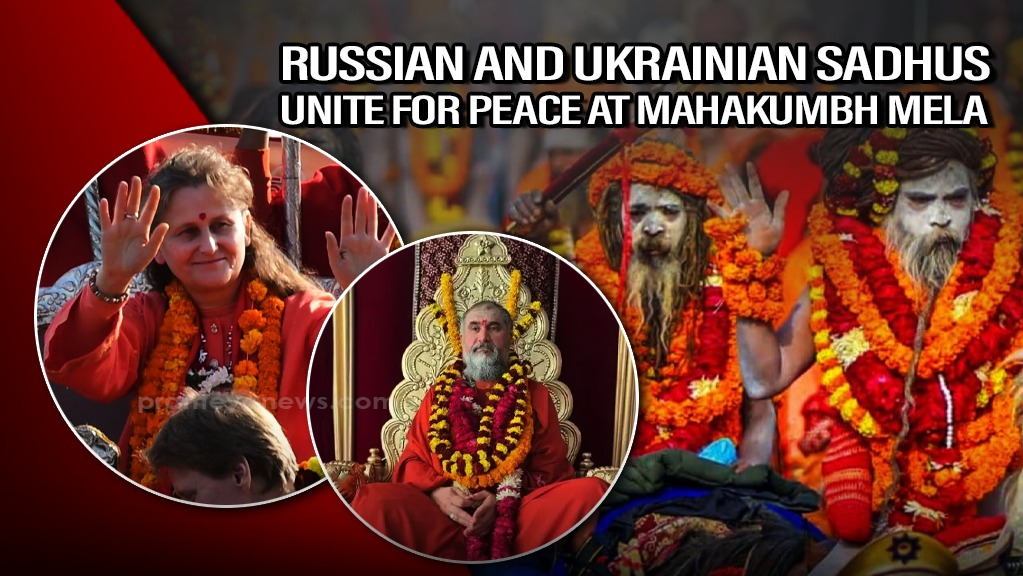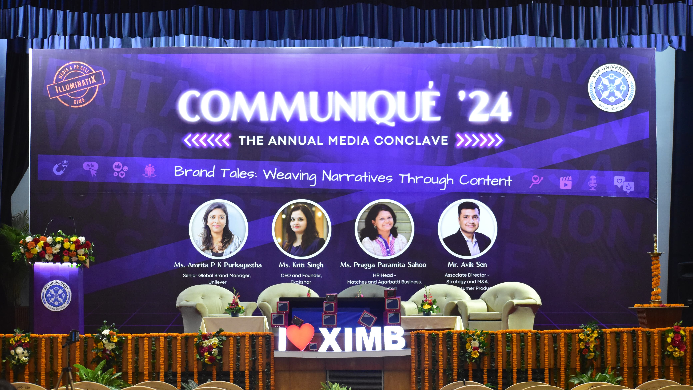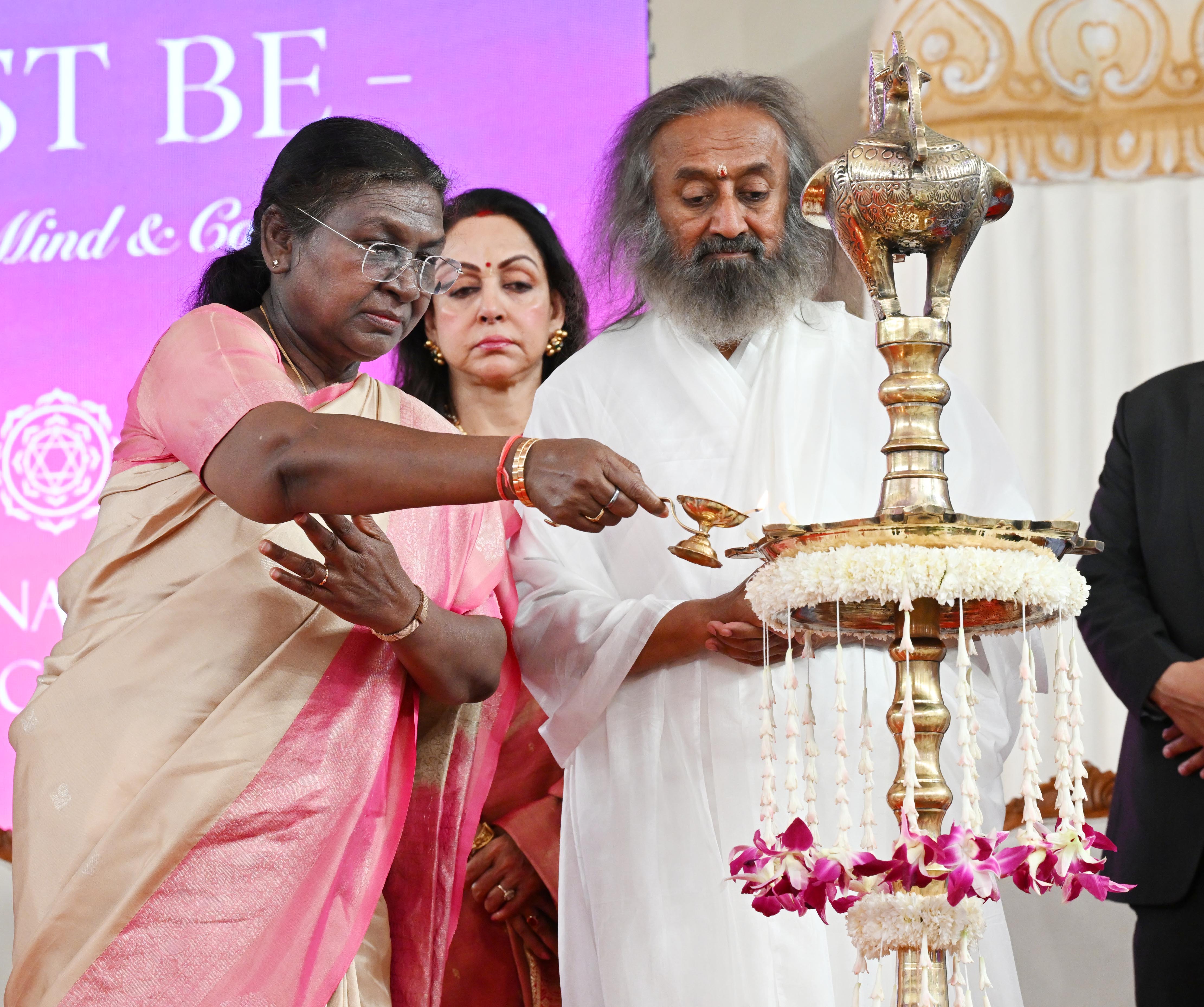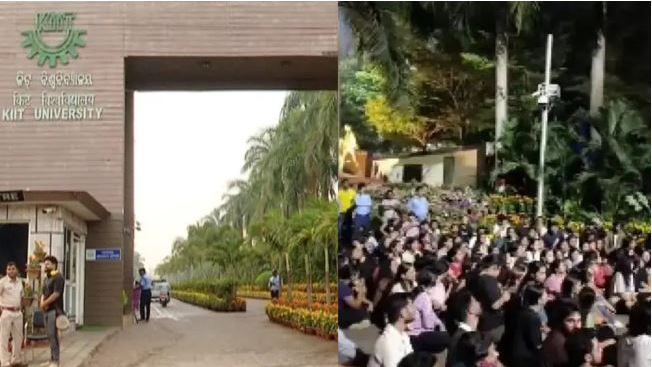Prayagraj: At the banks of the Sangam in Prayagraj, where three holy rivers converge in a divine confluence, the Mahakumbh 2025 presents a striking paradox. Ancient traditions of renunciation now compete with displays of wealth that would make royalty blush.
"When I first came to the Kumbh forty years ago, our gurus sat on deer skins under simple tents. Today, they sit on golden thrones in air-conditioned pandals," laments Swami Nirbhayananda, an 80-year-old ascetic who has attended nine Kumbh Melas.
The Price of Modern Spirituality
Recent estimates suggest that some of the prominent akharas have spent over ₹50 crore on their setups for Mahakumbh 2025. The displays include:
- Gold-plated thrones worth crores
- Luxury cars for spiritual leaders
- Air-conditioned tents with marble flooring
- LED screens broadcasting discourses
- Private security details
"A guru arrived yesterday in a convoy of ten luxury SUVs," notes local journalist Rama Shankar. "His throne alone is said to cost ₹2 crore. Is this what Lord Shiva taught us about renunciation?"
Naga sadhus, known for their austere lifestyle, have been vocal about this transformation. "Our dharma teaches us to transcend material desires, not embrace them," says Baba Kapil Puri of the Juna Akhara. "When we display such opulence, we contradict the very essence of sannyasa (renunciation)."
Several spiritual leaders have expressed dismay at the commercialization:
Swami Anand Giri from Haridwar: "The path of spirituality is about inner richness, not outer show. These golden thrones create a barrier between the seeker and the divine."
Uma Bharti, former minister and spiritual leader: "This display of wealth mocks the true spirit of Kumbh. Our saints should lead by example in simplicity and devotion."
The Other Side
Defenders of the modern approach argue that times have changed. "People expect a certain standard now," says Mahant Rajendra Das. "These facilities help us reach more devotees and spread dharma effectively."
However, critics point out the irony in this reasoning. "When you claim to have renounced the world but surround yourself with luxury, what message are you sending to seekers?" questions Dr. Rajesh Kumar, a religious studies scholar.
Impact on Devotees
The transformation has left many devotees confused:
"I came seeking spiritual guidance, but it feels like a luxury festival," says Meena Devi, who traveled from Bihar. "How do I connect with teachings of simplicity when the teachers themselves embrace such grandeur?"
The True Spirit of Kumbh
Historically, the Kumbh Mela represented:
- Spiritual purification
- Simple living
- Devotion to divine
- Knowledge sharing
- Community service
Today's Reality
Current scenes at Mahakumbh 2025 show:
- Competitive displays of wealth
- VIP culture among spiritual leaders
- Commercial sponsorships
- Luxury accommodations
- Social media presence management
A Ray of Hope
Amidst this spectacle, some groups maintain traditional values. The Niranjani Akhara, for instance, has opted for simple bamboo structures and basic amenities. "Our focus is on spiritual practices, not material displays," says their spokesperson.
Looking Forward
Religious scholars suggest several ways to restore authenticity:
- Return to traditional simple living
- Focus on spiritual teachings
- Limit commercial activities
- Promote environmental consciousness
- Emphasize community service
Words of Wisdom
"Lord Shiva wore snake ornaments, not gold chains. He sat on mount Kailash, not golden thrones. His message was of transcending materialism, not embracing it," reminds Swami Avdheshanand Giri.
The Path Ahead
As Mahakumbh 2025 progresses, the contrast between authentic spirituality and materialistic display grows starker. The question remains: Can the world's largest spiritual gathering return to its roots of simple living and high thinking?
"The real gold of Kumbh lies not in thrones but in the transformation of hearts," says Baba Ram Das, who sits under a tree offering free guidance to seekers. "When we forget this, we lose the essence of why millions gather here."
As millions of devotees continue to arrive at the Sangam, seeking spiritual enlightenment, the dichotomy between ostentation and asceticism serves as a reminder of spirituality's eternal challenge - maintaining authenticity in changing times while staying true to ancient wisdom.








